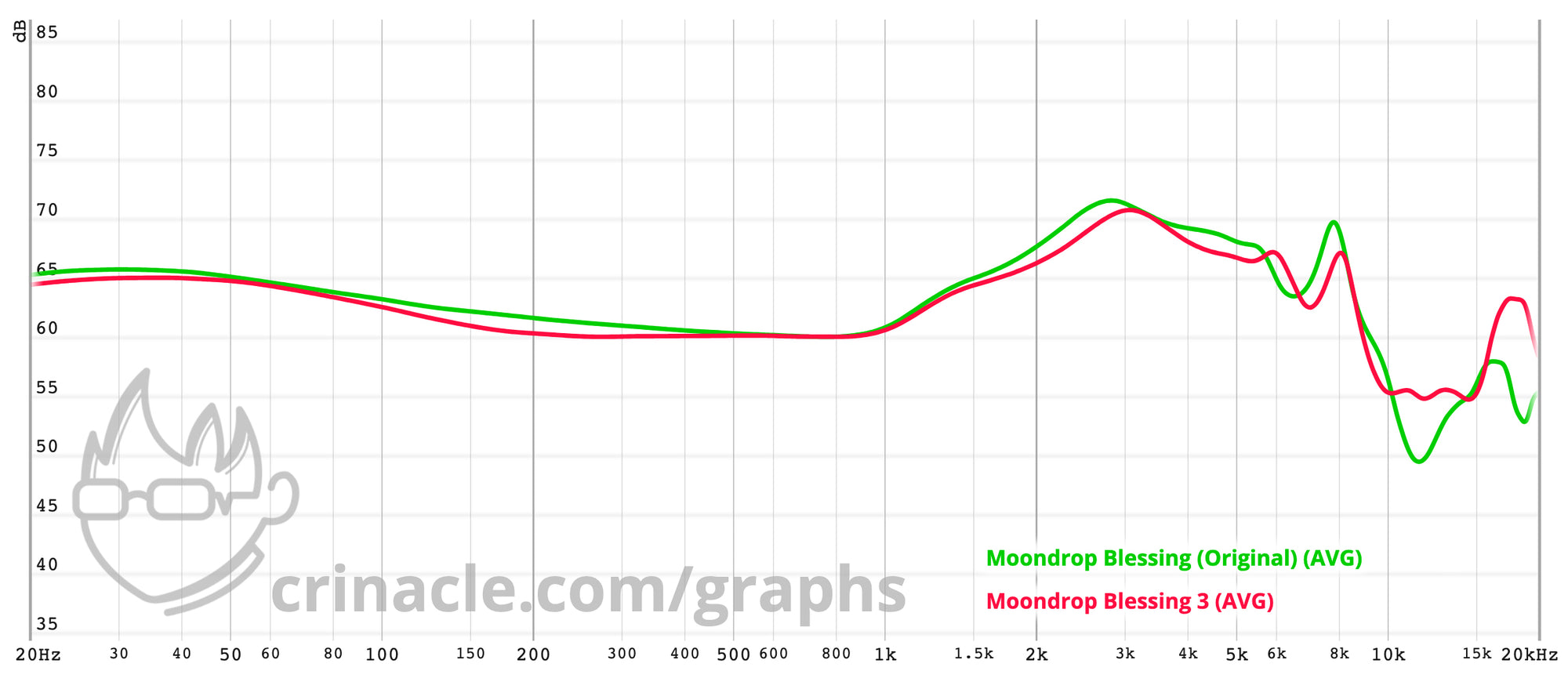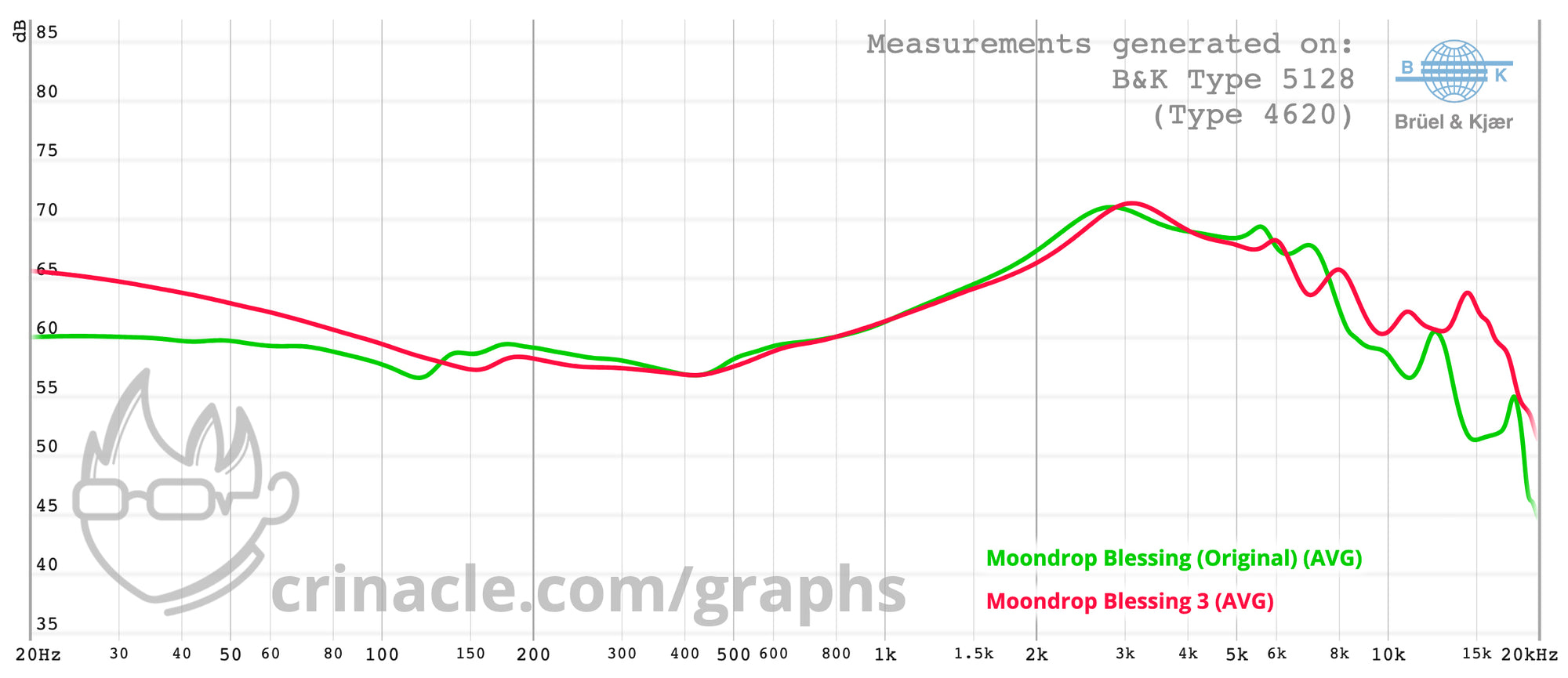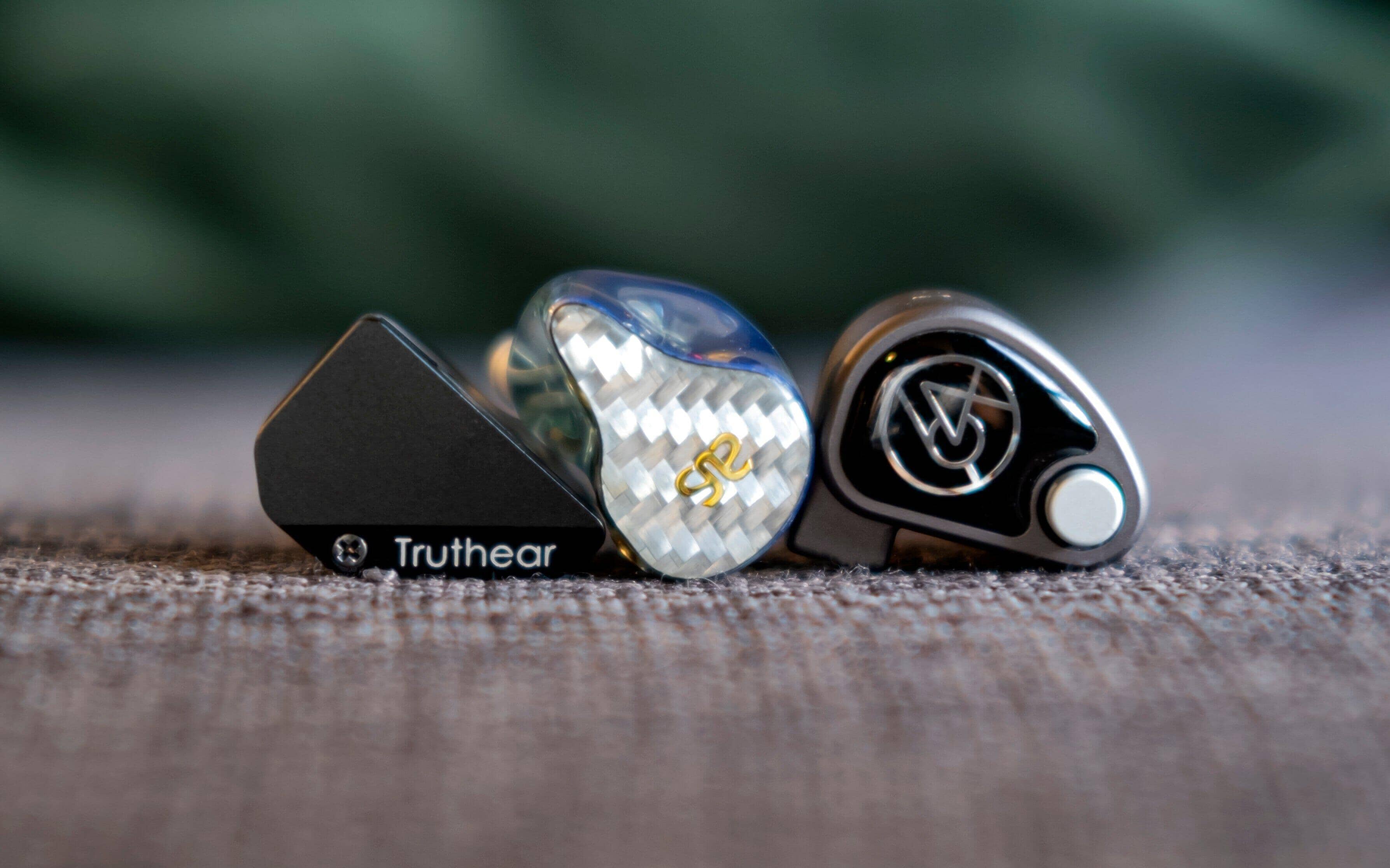- Joined
- Mar 29, 2021
- Messages
- 2,409
- Likes
- 4,165
Read this article on headphones.com talking about the advantages of using B&K5128 for in-ear headphones specifically, and found it interesting.
If I understood it correctly, it is saying that 5128 with its closer-to-human-ear acoustic impedance provides better insights into how in-ear headphones would sound in the ears of actual people.
I don't know if the claims are correct or not, but I can relate to some of the points made, for example "bad quality of bass" from BA, which according to the article, might be quantified with measurements done with 5128/4620. I read about the claims (and lack of proof supporting the claims) regarding better treble "resolution" earlier, however I was not aware that, specifically for in-ear headphones, there is quite significant advantages to using 5128 for frequencies below 1KHz as well.



 headphones.com
headphones.com
If I understood it correctly, it is saying that 5128 with its closer-to-human-ear acoustic impedance provides better insights into how in-ear headphones would sound in the ears of actual people.
I don't know if the claims are correct or not, but I can relate to some of the points made, for example "bad quality of bass" from BA, which according to the article, might be quantified with measurements done with 5128/4620. I read about the claims (and lack of proof supporting the claims) regarding better treble "resolution" earlier, however I was not aware that, specifically for in-ear headphones, there is quite significant advantages to using 5128 for frequencies below 1KHz as well.



The Shape of IEMs To Come
IEMs sound pretty different to headphones, but why? Why isn't there an "HD 650" of IEMs? Is it even possible to make one? Join listener as they discuss the Brüel & Kjaer Type 5128 Head and Torso Simulator, the previous generation of IEMs, and where we might be heading to capture the sound of...
Last edited:
